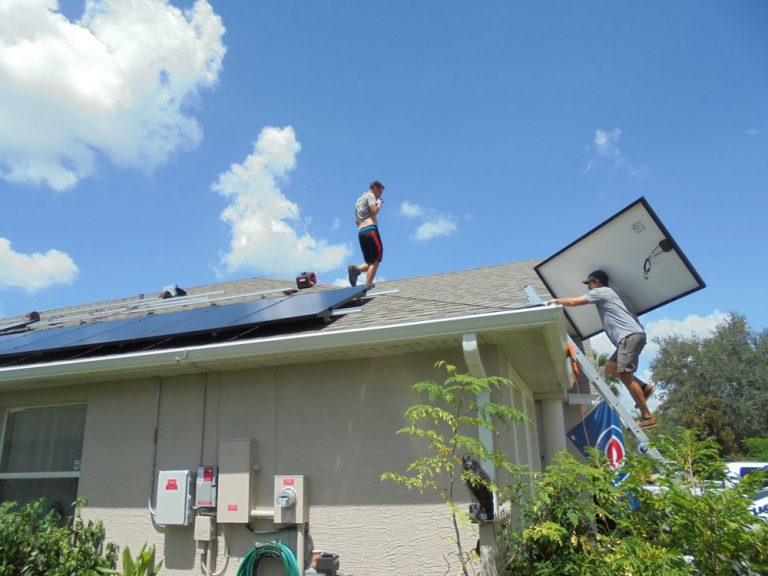If you’ve ever Googled “solar energy” and felt the frustration of not being able to get a simple, concise explanation of what exactly it is (and isn’t) all about, then please, keep reading. This is what you’ve been trying to find while being bombarded with advertisements and misleading claims or the “I’m just a telemarketer and we will just send someone out” answer. I’d rather NOT “come out” to see you until you actually know why I’m there. So, here it is, a little more detail to accompany my “Solar 101” video.
A solar array is designed to replace, or offset, the energy you require to run your household. The size of the array is determined by how much of an electric bill you currently have, how much of a bill you ultimately want, how much power you are consuming (and how much could possibly be reduced with other aspects of the solar project), and how large (or small) of an investment you want to make.
The premise of whole house solar is simple. Pay the same amount for your system as what you would typically spend in electricity in 7-10 years. This is where the “no cost solar” gimmick comes into play. In most cases, your payment on your investment is the same as your average monthly electric bill. You are still paying, just not any more than you would be to the electric company and your payment does not increase every year like your utility provider. So, in most cases, this is a win. You’re paying the same for something you own as you would be paying for something you don’t own and with no rate increases. This is a WIN. However, the BIG WIN comes when your system is paid off, your electric bills are significantly higher due to rate increases over many years and you have no payment left on your investment. Now you have FREE ELECTRICITY. This, in a nutshell, makes going solar a complete “no brainer” for most people.
So, now to clean up the next assumption the majority of solar customers make when beginning their quest towards solar. Fact-when you have solar, zero percent of the energy you are generating is powering your home. 100% of the power you are using is coming from the utility provider. What? Why? Because solar power is not consistent-i.e. clouds, rain, night time. The grid is consistent, except for when it goes down. So… wait for it…if 100% of your power is coming from the grid and you are just replacing the power you are getting from the grid with your own produced solar power and the grid goes down…yep. You have no power. Just like virtually everyone else. The power generated from your solar array when the grid is down goes nowhere. Why? Imagine a lineman trying to restore power on a “dead” line and dozens of people’s solar arrays are pumping voltage back into it? A lineman’s job is dangerous enough so there are safety features built in to the new meters that prevent this from happening, thankfully.
Solar panels produce energy – intermittently and variably. When your system is sized, calculations of these rather predictable variables are part of that mathematical equation, so you end up at a 100% power offset, again if that is your goal. Solar panels do not store electricity for times when the grid goes down. That takes something else, which will add cost to the overall investment and therefore lengthen your rate of return.
Emergency power options will be examined in future blogs, so stay tuned or just send us an email or give me call.
Joe Nash – Founder
Joe Does Solar – Solar Energy Consultants

